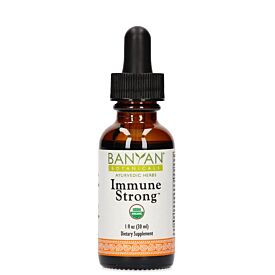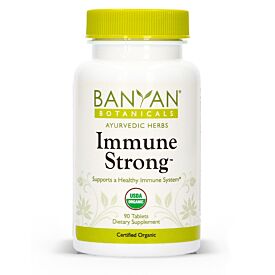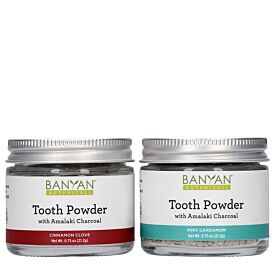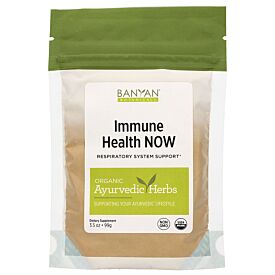Ayurvedic Herbs: Lemongrass
/Ayurvedic Herbs
Ayurvedic herbs are one of the many chikitsas or treatments used in Ayurvedic medicine. These herbs are used as part of an herbal protocol recommended by an Ayurvedic professional. Thusly, all the Ayurvedic herbs should not be self-administered and Ayurvedic herbs should only be taken under-advisement of your Ayurvedic Counselor/Practitioner/Doctor and approved by your Primary Care Physician. The information on the Ayurvedic herb of Lemongrass is only meant to educate you on the ways in which it is traditionally used in Ayurveda and is presented for educational purposes only. It is not intended as a substitute for the diagnosis, treatment, or advice of a qualified, licensed medical professional. The facts presented are offered as information only, not medical advice, and in no way should anyone infer that we are practicing medicine. Seek the advice of a medical professional for proper application of this material to any specific situation. Do not use the information found within this post to self-diagnose any medical conditions or treat any health problems or diseases. The information provided is not intended to prescribe or be taken as medical advice. If you have or suspect that you have a medical condition please contact your health care provider immediately.
“The essence of all beings is Earth. The essence of Earth is Water. The essence of Water is plants. The essence of plants is the human being.
Esam bhutanam prthivi rasha, prthivya apo raso-pam osadhayo rasa, osadhinam puruso rasah.”
Lemongrass
Latin Name: Cymbopogon citratus
Plant Family: Graminaceae
English Name: Lemongrass
Sanskrit Name: Bhu-trna means “earth grass”
Part Used: grass
Taste (Rasa): pungent, bitter, sour
Energetics (Virya): cooling
Post-Digestive Effect (Vipaka): pungent
Quality (Guna): dry, light penetrating
Dosha: VPK-, V+ (in excess)
Tissues (Dhatu): plasma (rasa), blood (rakta), muscle (mamsa), nerve/bone marrow (majja)
Systems (Srotamsi): respiratory (prana vaha srotas), digestive (anna vaha srotas), female reproductive (artava vaha srotas), urinary (mutra vaha srotas), sweat (sweda vaha srotas)
Constituents: essential oils (citral, limonene)
Ayurvedic Actions: enkindles the digestive fire (dipana), reduces ama (amapacana); directs the flow of vata downwards (vatanulomana); alleviates fevers (jvaraghna); alleviates coughs and breathing problems (kasavasahara)
Biomedical Actions: carminative, diaphoretic, febrifuge, analgesic, expectorant, anti-inflammatory, antispasmodic, diuretic, emmenagogue, galactagogue
Indications: digestion, lungs, fevers, gynecology
Precautions: none known
References
Frawley D. Yoga & Ayurveda: Self-Healing and Self-Realization. Twin Lakes, Wisconsin: Lotus Press; 1999.
Frawley D, Lad V. The Yoga of Herbs: An Ayurvedic Guide to Herbal Medicine. Twin Lakes, Wisconsin: Lotus Press; 2001.
Gogte VM. Ayurvedic Pharmacology & Therapeutic Uses of Medicinal Plants: Dravyagunavignyam. New Delhi, India: Chaukhambha Publications; 2016.
Pole S. Ayurvedic Medicine: The Principles of Traditional Practice. Philadelphia, PA: Singing Dragon; 2013.









